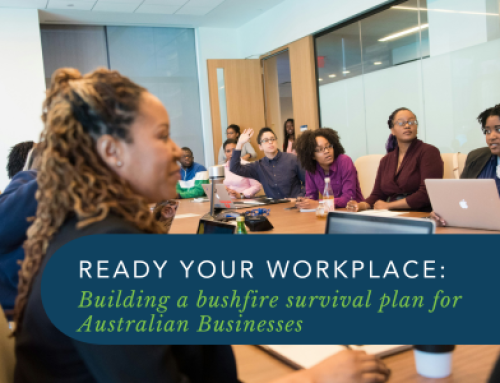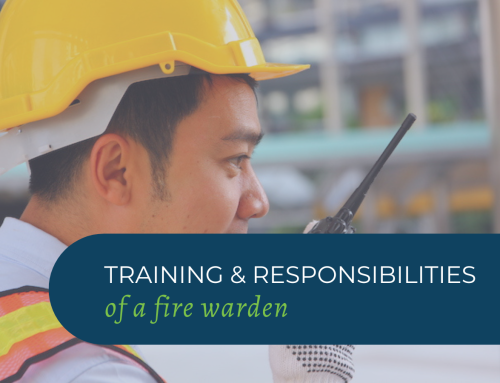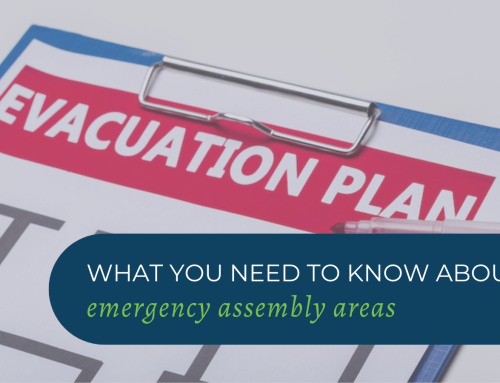While you may think it’s extremely unlikely that your workplace will ever experience a situation that calls for a lockdown, you still have a responsibility under the AS3745-2010 to adequately prepare your facility (and your staff) for such an event.
Lockdowns are called for when an emergency situation prevents those in the building from evacuating safely, due to threatening actions and behaviours from outside persons intending to cause harm, whether pre-meditated or not.
What situations call for a lockdown?
Examples of incidents that require a lockdown include:
- Threatening individuals directly outside the facility
- An intruder or intruders having entered the workplace
- Hostage situations
- Active shooters on the property
Without knowing what to do when faced with these situations, your staff are left incredibly vulnerable.
Their lives are put at even further risk because of the lack of knowledge, which could make the incident more threatening – and possibly even deadlier – than it originally would have been.
Quick action could save lives
Emergency situations usually happen without warning, which makes a speedy response even more essential.
Your ECO should know when to call a lockdown, and how to put it into effect quickly to reduce the impact of the incident.
The rest of your staff should also know where to go and what to do in these situations, to keep them safe and reduce the likelihood of injury.
Lockdowns can be preventative as well, which is also why fast identification of a threat is vital.
The goal of a lockdown is to prevent injury and preserve life, which is much more likely when your ECO have been fully trained in identifying and responding to threats and threatening situations, including how to initiate a lockdown.
What to consider when developing your emergency response plan for lockdowns
Every workplace will have different things to keep in mind when planning their lockdown procedures, but this list gives you a general idea of what needs to be considered:
- Have you looked at what situations could occur and how they could go, and have you done a risk assessment on these scenarios?
- No one solution will ever be perfect, so don’t disregard ideas that could still keep staff safe even if they may not seem ‘ideal’.
- Depending on the size of your workplace, create zones in different areas to ensure there are easily identifiable lockdown spaces for those in the facility – and keep these zones well-supplied in case the lockdown lasts for an extended period.
- Does your workplace need an externally-hired security guard due to increased risk?
- Do you have communication strategies in place for lockdowns that ensure relevant internal and external personnel are kept informed without increasing the risk to those in immediate danger?
Organise lockdown procedures training for your staff today
When an emergency situation occurs that requires a lockdown, staff who are prepared and know what to do are more likely to remain calm, and less likely to put themselves in any unnecessary danger.
Lockdowns are designed to keep people safe from injury or even death, and it’s imperative that those in your facility are sufficiently prepared to handle these incidents.
If you want expert help and advice in developing lockdown procedures for your workplace and having your staff trained for lockdown situations, contact us today.
GET IN TOUCH
Are you ready for peace of mind that your workforce is as safe and prepared as possible?
With a dedicated team of staff ready to help you meet compliance requirements and improve the overall safety of your workplace, all you need to do is get in touch.
Request your free audit today!



